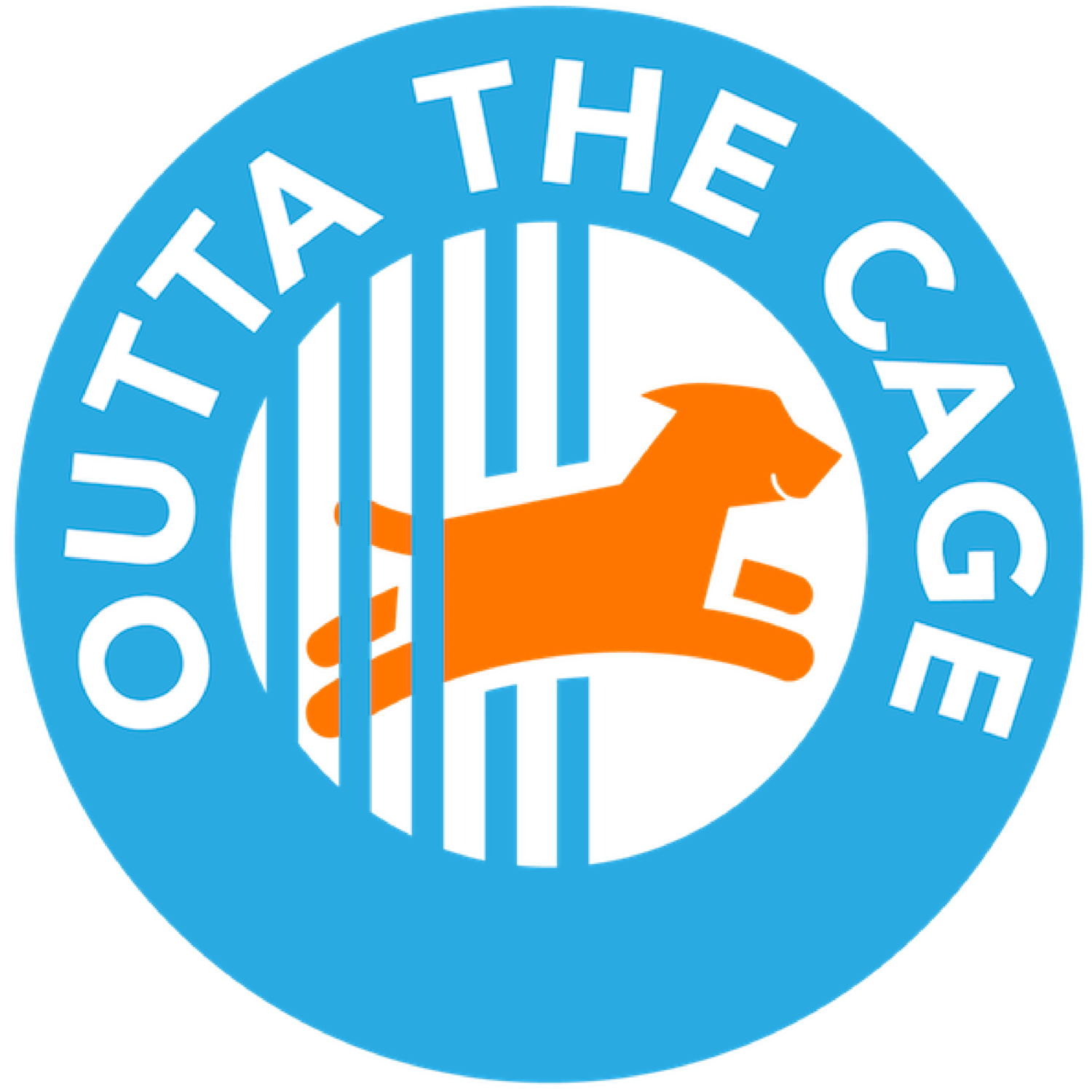No-kill, COVID, and "bad" dogs - Part 2
In which Jill advocates on behalf of the niches—and the dogs they save.
NOTE: This is the second post in a 2-part series. ICYMI, here’s Part 1.
In my last post, I discussed the emerging need to focus on the “outliers”—dogs that might be considered less adoptable. So called “behavior dogs” represent a large percentage of these dogs.
Rescues that specialize in behavior cases often find themselves isolated from the larger animal welfare community. Saskia Boisot, founder of Underdog Alliance, a rescue focused on dogs with behavior issues, explains the conundrum:
“Shelters are often terrified of liability that might result from a bite. Many would prefer not even notifying us of behavior cases. Instead, they’ll just euthanize these dogs to avoid a potential lawsuit. But we’ve had incredible success rehabilitating some of these dogs and getting them into good homes. Most of them just need to get out of the shelter and let us work with them.”
As with the term “no-kill,” there is debate about the meaning of a behavior case. Sadly, the majority of behavior cases are the result of pure human neglect. Many of these dogs are simply fearful and insecure.
Of course, there are cases in which an animal is beyond help due to trauma or abuse. Even in these cases, professional determinations of these dogs’ potential are often made based on the subjective call of a shelter employee, not the rigor of a skilled behaviorist. Saskia continues:
“I can’t tell you how many times we’ve pulled troubled dogs from shelters, only to find them a few days later to be healthy, friendly, and craving affection. Too many dogs like them have left the shelter in a bag.”
Here’s what I propose.
Rescue groups that concentrate specifically on niches like behavior dogs should receive more public visibility and greater support from larger animal welfare institutions. Educational programs for their adopters—as well as matchmaking services, in-home acclimation assistance, continued training, and follow-up with adopters—should become part of the evolving shelter’s service portfolio.
Up until now, saving shelter animals has been a numbers game. This often relegates specialty rescue organizations—i.e., those who focus on behavior, senior, and medical cases—as too small to warrant resources. But as the adoption velocity of young, healthy pets increases, the larger animal welfare community—those same organizations that insist that every animal is an individual—must turn their attention to these niche rescues.
This means inviting them into their coalitions, providing financial support, helping promote individual animals, and investing in specialized skills. This will push the “outlier” animals—the ones who linger day after day in shelters until they’re deemed beyond help—to the forefront.
When shelters are able to recognize these special cases and support them, there will be fewer arguments about the definition of “no-kill.”

